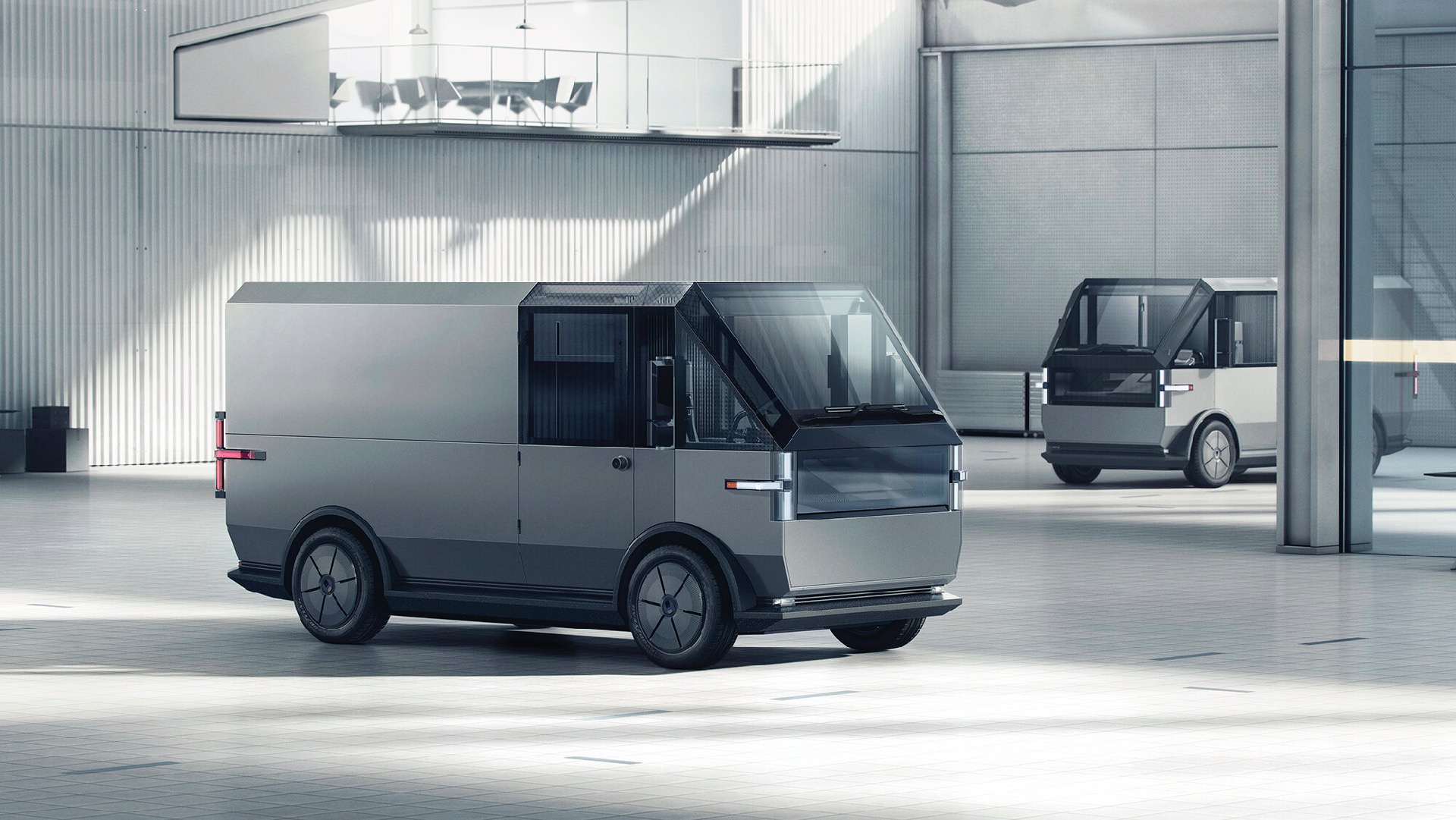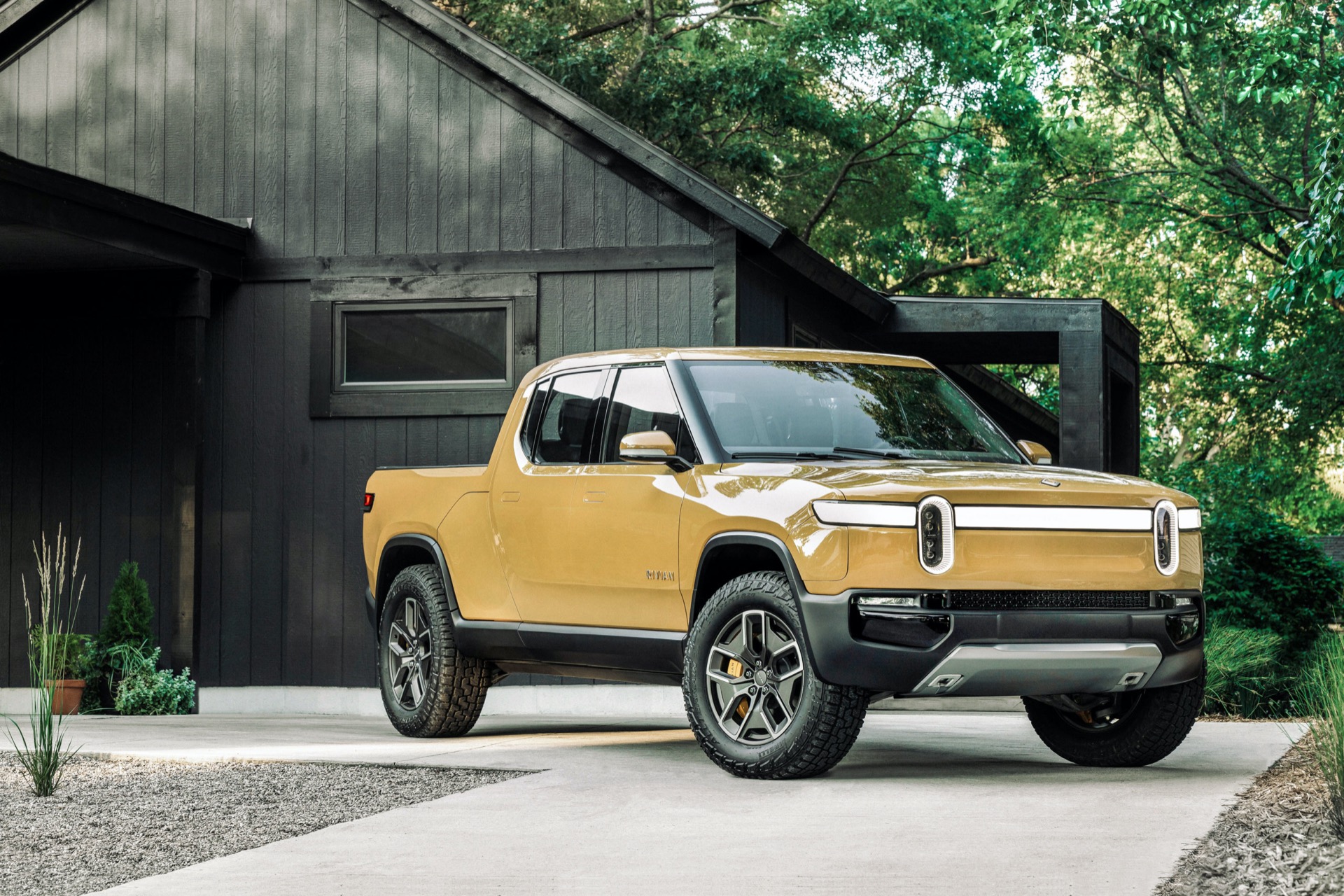JRP3
Hyperactive Member
Rich Rebuilds plays with the Xpeng P7
Basic Review
Same review with added Rich humor
Basic Review
Same review with added Rich humor
You can install our site as a web app on your iOS device by utilizing the Add to Home Screen feature in Safari. Please see this thread for more details on this.
Note: This feature may not be available in some browsers.
Bill and Ted go on a Taycan Adventure
It's a pretty cool advertisement. Notably missing are any sort of numbers, anywhere. They don't actually run at the same time as the pace car on acceleration, and nothing gives any indication of how they compare. No indication of how long the distances are. But lots of cool shots of cars going fast...
Not rhetorical, but serious question - I wanna know.
Tesla alone has done this (AFAWK)Yeah, every bootloader is unique to the chip, memory, board layout, OS...etc and is a must in order to add real features to devices as changes are always necessary at the memory level or you end up with a huge mess of code, poor performance and very buggy behaviors.
And just to be very clear, I believe (and I'm biased of course) that this is a such a huge lead for Tesla. Being so vertically integrated allows for vast innovation with crazy fast turn around times. I've always described Tesla as a playground for engineers which leads to the eventual conclusion that all engineers will want to work there to make things that are simply not possible anywhere else. And even if they were, you'll never catch Tesla as their process is 'move as fast as you can, no roadblocks and access to the highest leadership whenever you need it'.
I'd replied to that in this PM since it was more OT than I usually am in the main thread:Tesla alone has done this (AFAWK)
Answered by Discoducky in main thread. Again: Thanks for your answer - and huge effort.
I'd replied to that in this PM since it was more OT than I usually am in the main thread:
Cars already have bootloaders on most/ all modules using SAE standard APIs via CAN (diagnostic port). The missing piece is a cellular to CAN gateway. Part of the reason this is missing is that, under a lot of current dealership laws, the OEM can't service cars. Doesn't mean it doesn't exist though.
Hackers Remotely Kill a Jeep on the Highway—With Me in It

 www3.nhk.or.jp
www3.nhk.or.jp
I can't speak for other cars, but Tesla has a bootloader for nearly every ECU in the vehicle. Bootloaders are critical for ensuring that memory is managed correctly by the OS and every chip needs low level FW to execute code.As a computer engineer, I must disagree with this characterization. A "bootloader" is piece of code that the BIOS chip looks for and executes to load the actual OS (Operating System). Firmware, although are code, are NOT boatloaders. They are the application code themselves and are often written directly into an FPGA.
So no, cars do NOT have bootloaders, as most of them don't actually have a fully functional operating system (except for the media stack at best).

Chinese carmaker gearing up in Thailand | NHK WORLD-JAPAN News
A Chinese automaker is planning to make inroads in Thailand, a market dominated by Japanese manufacturers.www3.nhk.or.jp
China's Great Wall Motor is displaying an EV at a Thai auto show. Does that tell us something about competitive pressure in China's market? Or something about battery supply?
While Thailand has its share of wealthy people, I suspect Tesla wouldn't see much sales volume there without a cheaper model — something like the anticipated Model 2.
However Thai government support for EVs and increasing EV sales might act as a wake-up call for Japanese automakers, which presently claim 90% of the Thai auto market — but haven't shown much interest in EVs. According to this article, the Thai auto market is the largest in Southeast Asia.
Mercedes is the luxury car leader in Thailand and sold 15.7k units in 2019 in Thailand.
BMW is the luxury car leader in India and sold 30k units in 2019.
Tesla Bjorn is the biggest BEV youtuber in Europe.
He started a Thai language BEV channel about 1.5 years ago.
According to him made in Japan vehicles have an 80% import tariff while made in China cars have 0% tariff(so do Thai car exports to China).
Bjorn purchased an MG BEV in Thailand drives it there and lets his inlaws drive it when in Norway.
There are two ways to view the world:Great work! I haven't dug into it much, but I did come across this article about Adamas estimating 134.5 GWh total xEV battery usage in 2020. LG Chem led with 38 GWh, CATL and Panasonic were virtually tied for second at just below 30 GWh each. Panasonic supplies Tesla in Fremont (and also supplied Shanghai early in the year). LG and CATL supply Shanghai.
That 134.5 GWh includes BEVs, PHEVs and HEVs, so not a perfect match with your number. Full hybrids usually have a bit over 1 kWh, so even 5 million would only be ~6 GWh. Mild hybrids are becoming plentiful in Europe, but have much smaller batteries (or even ultracaps in some cases). Maybe HEVs are 10 GWh total?
You mentioned PHEV vs. BEV. I prefer to think of it as PHEV+BEV vs. ICE, but either way it's clear PHEVs are surging instead of dying out as predicted. Some see this as a religious issue, but as a pragmatist I see the following:
1. The transition is battery constrained, and will be for at least a decade
2. Most batteries come from China, and most raw material processing happens in China
3. The transition is primarily driven by governments, not individual consumers
4. 80 kWh in a long range BEV displaces 600-800 gallons per year
5. 80 kWh in 4-5 PHEVs displace 2000-2500 gallons per year
6. 80 kWh 6-8 Hongguang Minis displace 1500-2000 gallons per year
This gives governments strong incentives to promote PHEVs and minicars instead of long range BEVs. Especially western governments, who rightly fear becoming even more dependent on China. PHEVs and minicars help meet CO2 targets faster while keeping the China dependence at more manageable levels. European rules are more or less PHEV neutral today, and their EV market is almost evenly divided. VW Group is probably Tesla's best ally in lobbying to keep the rules from tilting more in favor of PHEVs. Renault/Nissan are also doing fine with a BEV focus. But BMW, Daimler, Stellantis, etc. will make sure elected officials understand the CO2 and oil/battery import math.
China eased up on their PHEV hostility a bit in 2020, and may ease more this year. But the real news is the out-of-nowhere smash hit Hongguang Mini. It's very popular despite a NEV credit policy that strongly favors long range BEVs. The CCP has to looking at that trend and doing the oil import math. We could see a real change in China's incentive structure the next two years.
Tesla's strong consumer brand cushions the blow, but a strong government shift to PHEV/minicar would still hurt.



Ford Mustang Mach-E News and Reviews | InsideEVs
Get the latest on new Ford Mustang Mach-E models including first drives, in-depth reviews, concept car photos, new features, recalls and more.insideevs.com
You're comparing US to global, so it's probably more like 6.6k vs. 66k. Doesn't change the story, of course, but I only expected about 20k Mach E sales in the US this year (vs. 30-40k in Europe) so they are a ahead of pace.Ford delivers 6000 Mach-e ! I mean it's a long road to TSLA 182K in the same time period, but it's a start.
the “machine that builds the machine” is coming closer to fruition. the “Alien dreadnaught”Ford delivers 6000 Mach-e ! I mean it's a long road to TSLA 182K in the same time period, but it's a start.
What's the global delivery of MachE?You're comparing US to global


